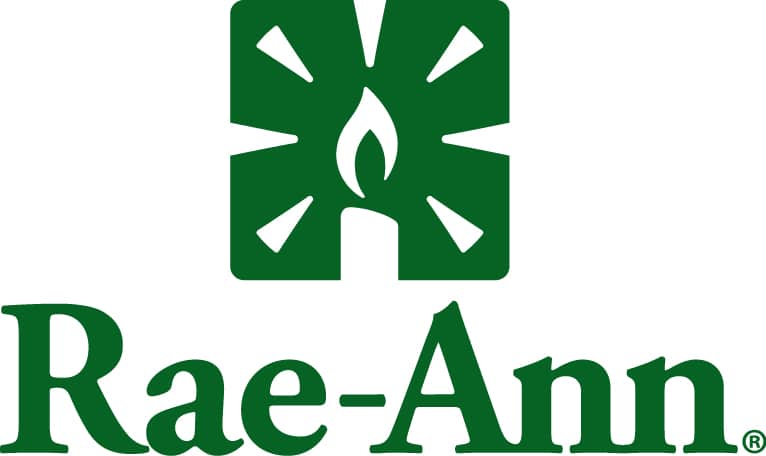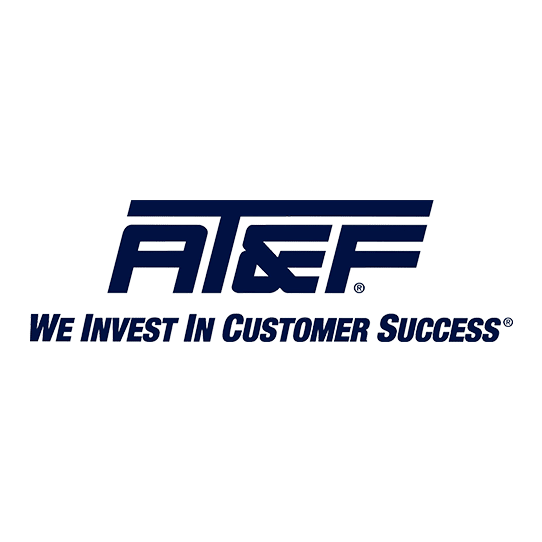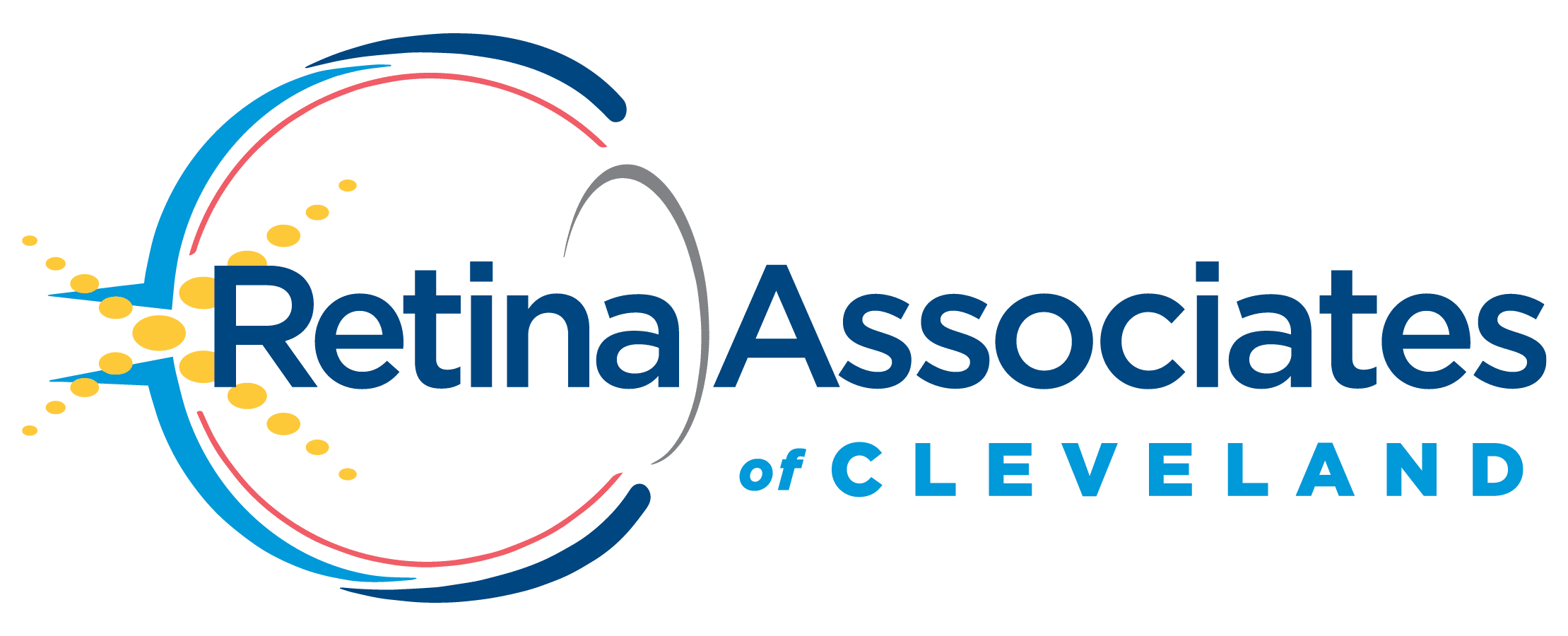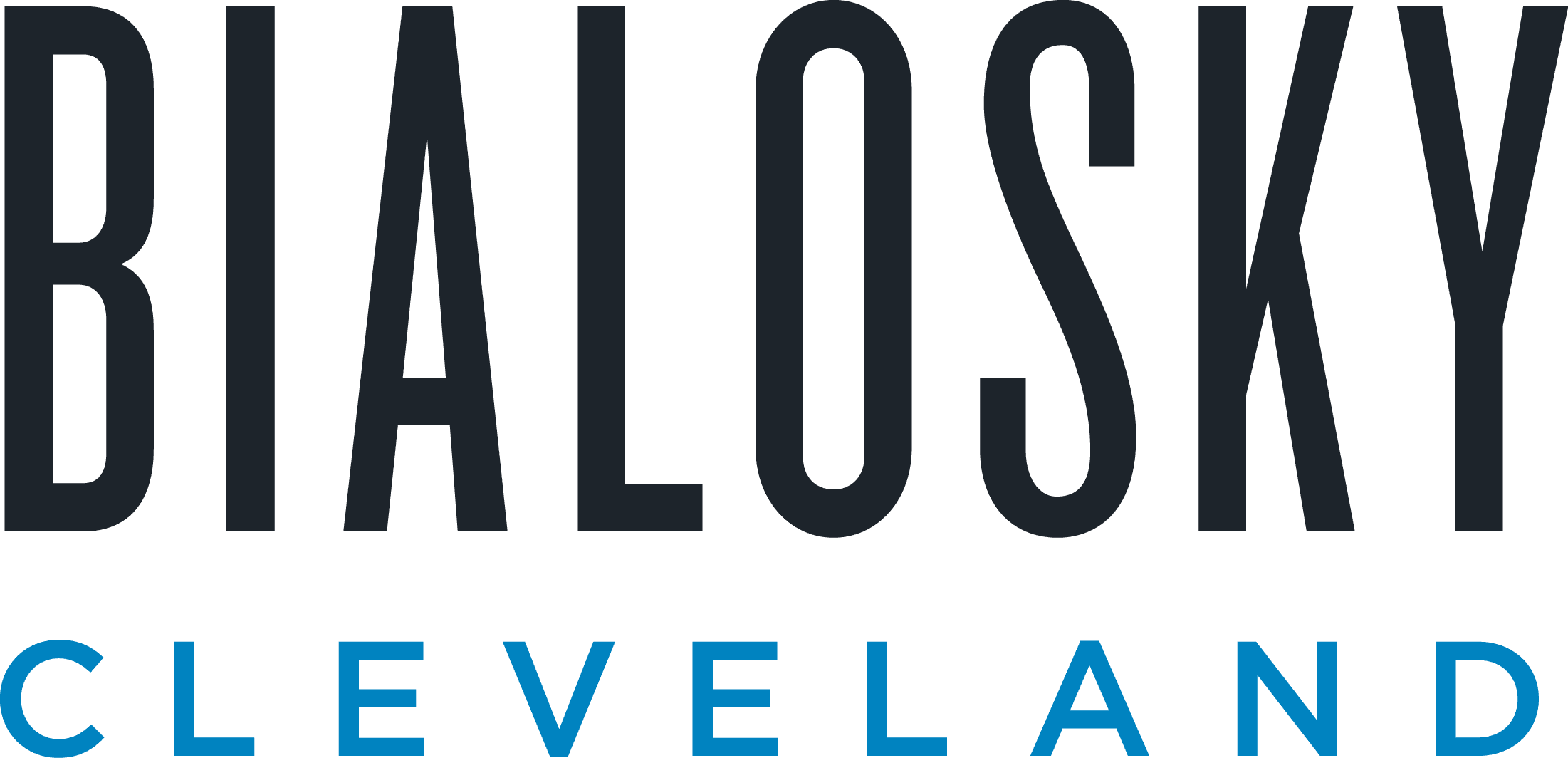In late 2019, the first substantial legislation related to retirement savings since 2006 became law. The Setting Every Community Up for Retirement Enhancement (SECURE) Act brought numerous changes to the retirement and estate planning landscape, some of which should prompt careful review of your existing plans – if you haven’t already done so – to ensure they’ll accomplish the desired outcomes, including minimizing taxes.
The most significant provisions include the following changes:
Later IRA contributions. Prior to the SECURE Act, you couldn’t contribute to traditional Individual Retirement Accounts (IRAs) starting in the year for which you reach age 70½, even if you continued to work. The new law eliminated that restriction, instead allowing anyone with earned income to contribute. This change brings the rules for traditional IRAs in line with those for 401(k) plans and Roth IRAs.
The longer period to contribute took effect for contributions for the 2020 tax year.
Delayed RMDs. The SECURE Act eased the rules for required minimum distributions (RMDs) from traditional IRAs and other qualified plans. It generally raised the age at which you must begin to take RMDs — and pay taxes on them — from age 70½ to 72.
Some taxpayers have turned to qualified charitable distributions (QCDs) as a tool for satisfying both their RMD requirements and their charitable inclinations. QCDs may be an attractive option because the Tax Cuts and Jobs Act (TCJA) has led more taxpayers to claim the standard deduction on their taxes, losing out on the federal tax benefits previously enjoyed by virtue of charitable contributions. With a QCD, you can distribute up to $100,000 per year directly to a 501(c)(3) charity once you reach age 70½, even if your RMD age is now 72. You don’t receive a charitable deduction, but the distribution is excluded from your taxable income.
One wrinkle to note is that the aggregate amount of deductible IRA contributions made under the new rule extending the age for which deductible IRA contributions may be made (that is, those for years in which you’ve reached age 70½ and beyond) will reduce your QCD allowance going forward. This is the case only if those deductible IRA contributions haven’t already been used to reduce your QCD and aren’t below zero. Perhaps an oversimplified way of looking at it is that any deductible IRA contributions allowed because of the new rules will reduce what would otherwise be allowed as a QCD.
For example, suppose that at ages 71 and 72 you made deductible IRA contributions that, in total, equal $10,000. Then, at age 73, you make a QCD of $50,000. The QCD is limited to $40,000 – $50,000 less $10,000. Thus, $10,000 of your distribution is taxable. Note, however, that because $10,000 went to charity you’ll be eligible to claim that amount as an itemized deduction.
Effectively eliminated “stretch” RMDs. Perhaps more important for some estate plans, the SECURE Act eliminated so-called “stretch” RMD provisions that previously allowed the beneficiaries of inherited defined contribution accounts to spread the distributions over their life expectancies. Younger beneficiaries could use the provision to take smaller distributions and defer taxes while the accounts grew.
Under the SECURE Act, most beneficiaries must withdraw the entire balance of an account within 10 years of the owner’s death, albeit not according to any set schedule; they can wait and withdraw the entire amount at the end of 10 years if they wish.
Be aware that the new rules apply only to those inheriting from someone who died after 2019. Thus, if you inherited an IRA years ago you won’t be subject to the new rules with respect to your RMDs. However, when your beneficiaries inherit the IRA from you, they’ll be subject to the new rules.
The law recognizes exceptions for the following types of beneficiaries:
- Surviving spouses
- Children younger than “the age of majority” (the 10-year rule applies when such beneficiaries reach the age of majority)
- Disabled or chronically ill individuals
- Individuals who are no more than 10 years younger than the account owner
The 10-year requirement also applies to trusts, including see-through or conduit trusts, that use the age of the oldest beneficiary to stretch RMDs and prevent young or spendthrift beneficiaries from quickly depleting the inherited accounts.
If you’ve counted on stretch RMDs, you might achieve the same goals by naming a charitable remainder trust (CRT) as the beneficiary of your account, with your children as the trust’s income beneficiaries. The CRT would provide your children an income stream for a specified number of years or until their deaths and then pass the remainder to charity. Plus, your estate could take a deduction equal to the present value of the charity’s remainder interest.
Roth conversions are another avenue to consider. Moving money from a pre-tax IRA account to an after-tax Roth IRA during your retirement preempts RMDs during your life, and any subsequent growth in the account would be tax-free. Plus, your beneficiaries won’t be subject to tax on any distributions they take.
Keep in mind that you’ll owe tax as a result of the conversion, though you needn’t convert the entire account at once. Making the conversions strategically, over a number of years, may help to manage the tax implications. Roth conversions require consideration of several factors, so consult with us before taking the plunge.
Penalty-free withdrawals for birth or adoption. The SECURE Act creates a new exemption for qualified births or adoptions from the 10 percent tax penalty on early withdrawals from defined contribution plans. You can withdraw an aggregate of $5,000 from a plan without penalty within one year of the birth of a child or an adoption of a minor or an individual physically or mentally incapable of self-support.
Couples in which both parents have separate retirement plans can withdraw an aggregate of $10,000 penalty-free. (Eligible adoptees don’t include the child of your spouse.) Such withdrawals are subject to ordinary income tax.
Expanded options for use of 529 plans. Under the SECURE Act, you can use 529 plans to pay as much as $10,000 of principal and interest on qualified education loans for a plan beneficiary. The law also permits plan distributions, subject to the same limit, to pay off qualified student loan debt for the beneficiary’s siblings.
529 plans are expanded to include apprenticeship programs, too. Distributions can be made to such programs for costs related to fees, books, supplies, and equipment necessary for program participation.
Kiddie tax reversion. The TCJA changed the kiddie tax rules, generally making unearned income generated by children over a certain threshold taxable at the tax rates for trusts and estates, rather than the generally lower rates of their parents. The SECURE Act reverses course, so a child’s unearned income will return to being taxed at the parents’ highest marginal rate.
The law provided the option to calculate the kiddie tax for 2019 under the TCJA or SECURE Act rules. You can also still amend your 2018 tax returns to apply the new rule if financially worthwhile.
ACT NOW
With most of the SECURE Act’s provisions already in effect, you can’t afford to stall on reviewing your plans and making the necessary adjustments to satisfy long-term objectives. Please contact our advisors with any questions.
Related Insights
Featured Post

Featured Client Testimonials
BW is a true partner to us. Their knowledge, expertise, and service are a valuable resource to us and play an important role in our success!
John Allen - Vice President of Finance, Kaufman Container

Featured Client Testimonials
I appreciate the exceptional tax advice we received over the years. The (BW team) has a good grasp of our business needs. Thank you for your excellent service.
John Griffiths - Owner, Rae Ann, Inc.

Featured Client Testimonials
Barnes Wendling has been our company accountants for over seven years. Their knowledge has been instrumental in helping us grow strategically during this time. And although we’ve seen many changes in our economy that we cannot control, we’ve always been able to trust the Barnes team to be by our side. The Barnes team feels like family. We can’t thank them enough for their support!
Christine Kloss - Controller, AT&F

Featured Client Testimonials
Barnes Wendling has been our company accountants for over 15 years. During this time, the business has grown exceptionally, and Barnes has kept pace, providing accurate, quality advice. Our finances are more efficient than ever, and the expense of hiring Barnes has been a definite positive add to our bottom line. I give my highest recommendation to their firm.
David Miller, MD - President, Retina Associates of Cleveland

Featured Client Testimonials
Barnes Wendling has provided us guidance and recommendations that have strategically helped strengthen our business and position ourselves for growth. We needed to hire a new VP of Finance and Controller this past year, and they were instrumental in helping us find the best candidates for our company.
Sara Blankenship - President, Kaufman Container

Featured Client Testimonials
We value the trust, accuracy of information, and reliability of Barnes Wendling and Mike Essenmacher personally. Mike has been instrumental as a trusted advisor on accounting, tax, and personnel issues. His advice is always accurate, and he is very reliable. His associates are also very talented.
Dominic Ozanne - President and CEO, Ozanne Construction Company

Featured Client Testimonials
We value Barnes Wendling’s expertise with all things accounting so we can operate our business using our strengths and allowing them to be our experts. They have also brought me a few business sale opportunities to allow me to grow my assets.
John Gaydosh - President and Metallurgical Engineer, Ohio Metallurgical Service

Featured Client Testimonials
Barnes Wendling (especially Lena) did a great job with our financials. Everything. It is extremely refreshing and comforting to know that all of our numbers are not only correct, but they are in the right place(s). Your diligence and reporting truly does make me (personally) feel better.
Thomas Adomaitis - Controller, Bialosky Cleveland

Featured Client Testimonials
I can wholeheartedly tell you that I have yet to work with an audit or tax team that have been more helpful, easy to work with, and committed than the team at Barnes Wendling- I have been through three different firms in the last few years.
Michelle Saylor, Former Controller, Aero Mag

Featured Client Testimonials
Floyd Trouten at Barnes Wendling CPAs is an “expert’s expert” when it comes to M & A accounting. Not only does he understand the evolving details of the Tax Code but he also sees the fine points of their application for owners, managers, investors, and financiers.
Mark A. Filippell, Western Reserve Partners

Featured Client Testimonials
The service is amazing at Barnes Wendling CPAs. The benefit is worth more than the cost. Sometimes it’s true that you get what you pay for.
Mark Boucher - Former Owner, Castle Heating & Air








